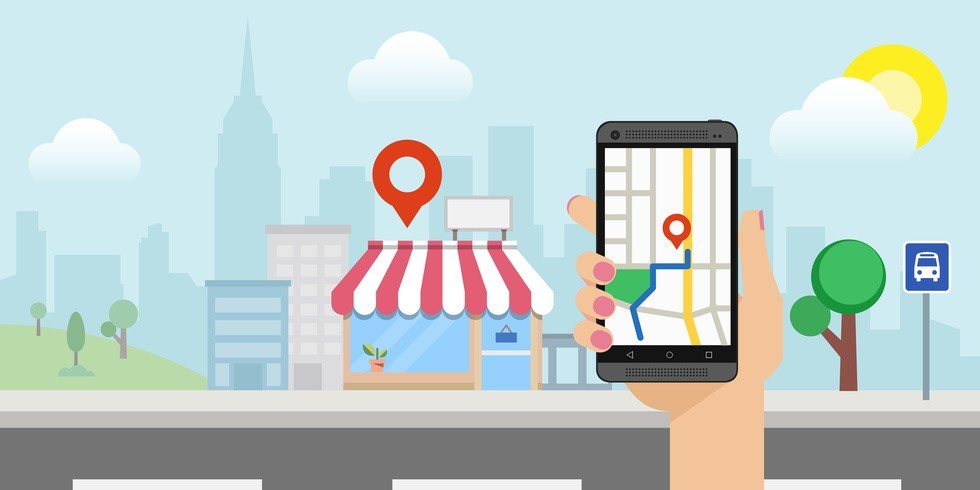Today’s apps are being built for more than just smartphones. 2017 will see a rise in apps that accommodate for smart homes, smart phones, IoT-enabled devices, wearables, and beyond. For entrepreneurs and developers, this is a huge opportunity. In a space flooded with mobile apps, the added diversity is granting businesses more options when it comes to the services that their apps can provide.
Here are this year’s mobile app development trends developers should look out for.

Don’t dismiss mobile apps that use augmented reality as a marketing gimmick. This year a number of apps are tackling augmented reality onto their mobile app features. What’s more, as wearable technology continues to grow in popularity amongst consumers, augmented reality will be easier to use.
Developers should consider the implication of how apps will adapt to both tools. As of now, the forecast reads that apps will start to head in the direction of video, text and audio detection. Users will want apps that pick up particular phrases and ensure their related action pops up. For instance, users who type out their desire to head to a restaurant at a certain time will have a calendar app opened. Developers should start integrating these basic features into their apps to, in the very least, promote consumer awareness.
Android Instant Apps Will Be The Rage
magine having access to single-purpose apps that don’t require downloads or memory space. Google just recently came out with a similar solution and they’re calling it their Instant Apps feature. With it, Android apps can run instantly— without added hassles. Developers should expect this “run-only-as-you-need” feature to completely uproot their industry.

As of now, the apps are functioning generally as preview versions of apps with a few of the advanced aspects of the full app missing. Still, it offers a unique opportunity for app users and developers alike. With the quick insight and experience that instant apps allow, consumers are more likely to understand the purpose of an app before they download it.
Location-Based Services (LBS) Will Reign
From Instagram and Facebook to Foursquare and Snapchat, location-based services are on the rise. What’s more, with every mobile device able to access GPS services, demand for location-based deals is climbing. Leading tech companies are buying into the LBS space, harnessing Beacon technology and changing consumer expectation.

For mobile developers creating apps that implement LBS features can mean a huge catalyst for success. They have to consider adopting LBS that account for navigation, payment, retail offers, and location-dependent security features. The right LBS features will effectively engage customers and grow an apps consumer base.
Apps With Embedded AI Will Be Standard

Siri and Alexa are not the big deal they were just a year ago, now consumers expect them on their devices, not just as a feature added on for a price. For developers, this means providing users with features that change dynamically. This year’s apps are set to see photo filters and displays that adapt to a user’s personal preferences or location. Self-learning apps will have a huge part in this customization — which is high in demand for the commerce market in general.
Internet of Things (IoT) Apps Will Keep Growing

The IoT industry is experiencing massive growth this year. Apps that integrate and account for it flawlessly will experience the most of its returns. With so many businesses such as health care, education, and even automobiles taking IoT into their operation, app developers should keep it in mind as well. For developers, IoT pairings will mean a higher demand for complex platforms and infrastructure that can accommodate for all of the devices. An updated understanding of data analytics will also be crucial as demand for easily accessible stored and shared information grows.
Consumers Don’t Just Expect Security They Demand It

Last year’s security breaches have turned 2017 into the year of the high stakes security measures. Consumers aren’t messing around with anything that could make them vulnerable to a cyber-attack. As such, developers have to start building apps that will protect the large amounts of data that get attached to apps including payment information. That means creating apps that have built-in security features will be key. Developers have to make sure that they’re giving users access to apps that prioritize integrating API or codes that are impenetrable to hacks.






